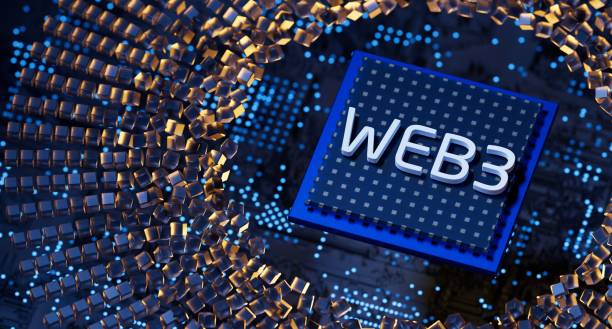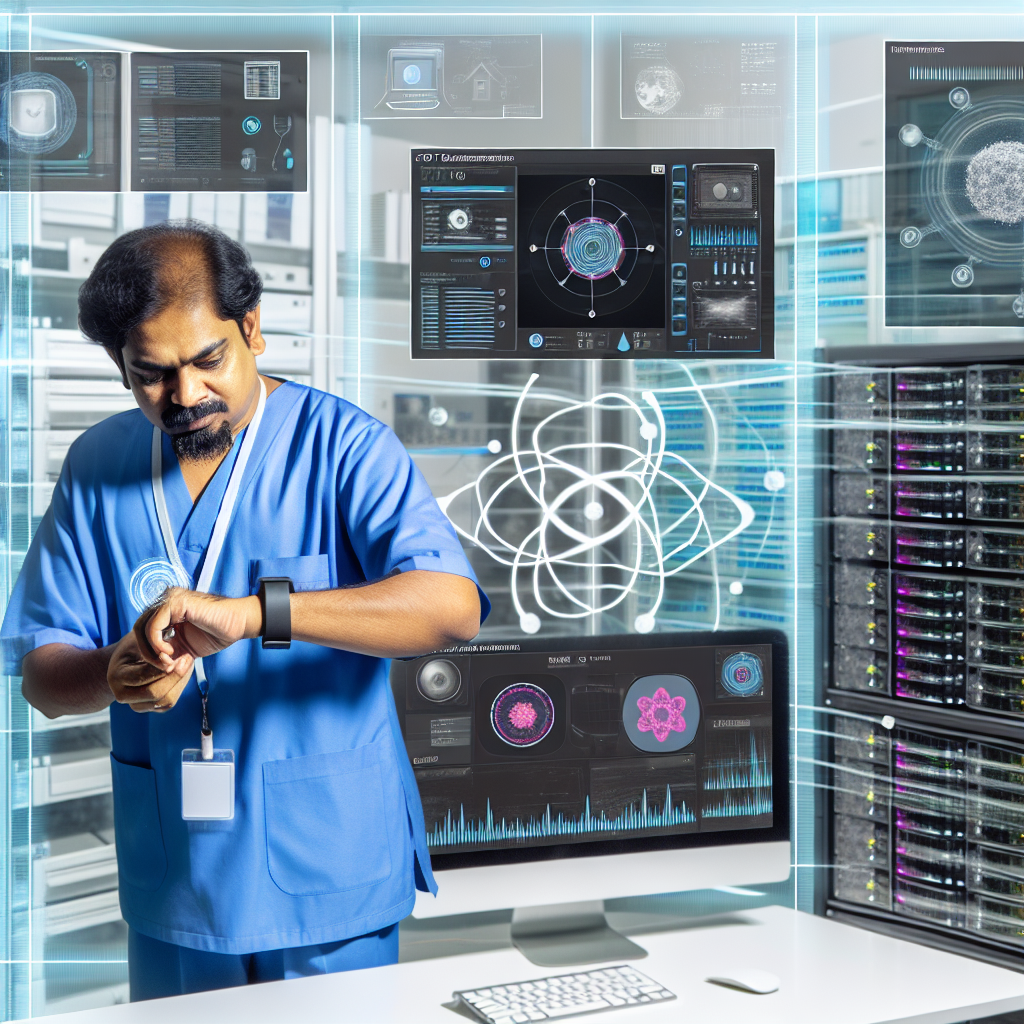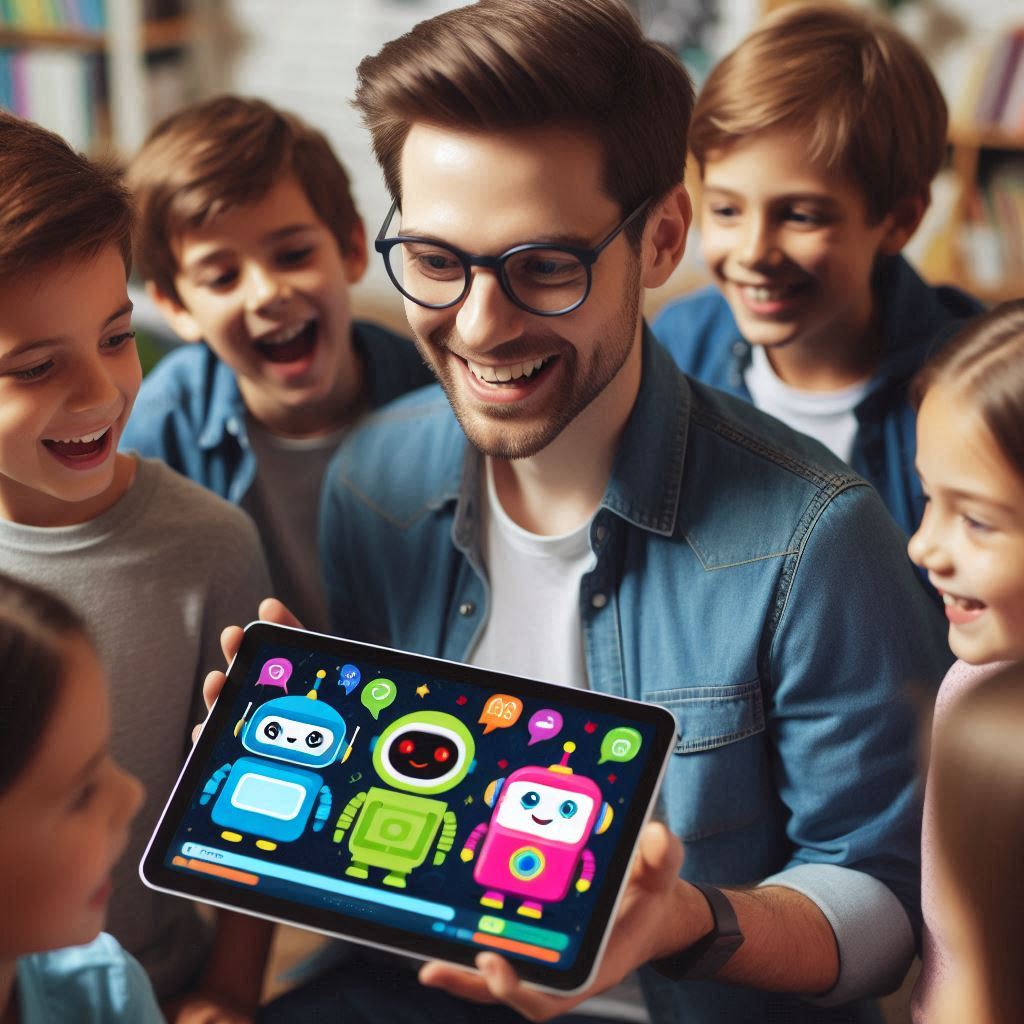Web 3.0 is all the rave nowadays and for good reason!
The World Wide Web has existed for more than 30 years and has undergone several stages of development.
While there’s no dictionary definition of Web 3.0, these stages show how it may change future online experiences.
Web 3.0 is viewed as the rise of blockchain-based technologies such as cryptocurrency, NFTs, metaverse, and distributed ledger technology.
People hail it as the dawn of a new internet era, more transparent and user-controlled than before.
Some scholars feel a decentralized Web will increase the digital world’s transparency and democratization.
Web 3.0 can create a decentralized digital economy where users manage and own their online presence.
Some believe it will end existing centralized systems that promote data exploitation and privacy violations.
Evolution of the Internet
It is being called Web 3.0 because it is a newer version of the internet.
Let us take a look at the versions before it, Web 1.0 and Web 2.0.
Web 1.0
This was the first iteration of the internet. There were few content creators on the internet, and most users were consumers.
It was characterized by a small number of people providing content and many people using the internet to consume it.
Static pages were more common in Web 1.0, with content from a file system, not a database.
The functionality of Web 1.0 websites is limited.
Because a small group of people developed the internet’s content, Web 1.0 was considerably easier.
Innovative Tech Solutions, Tailored for You
Our leading tech firm crafts custom software, web & mobile apps, designed with your unique needs in mind. Elevate your business with cutting-edge solutions no one else can offer.
Start NowRead: The Benefits of Diversifying Your Cryptocurrency Portfolio
Web 2.0
Web 2.0 is the internet we’ve all become accustomed to enjoying today.
It allowed more users to actively participate online instead of passively viewing content.
Web 2.0 emerged with self-publishing platforms like WordPress and social media platforms like Facebook and YouTube.
These websites strongly emphasise user-generated content, participation, and user-friendly layouts, all of which are hallmarks of Web 2.0.
People contributed articles, comments, and profiles, boosting regular internet use through increased involvement.
Web 2.0, to put it simply, is the concept of “the Internet as a platform.”
Back to Web 3.0
Web 3.0 will use innovations like edge computing, decentralized data networks, blockchain, and artificial intelligence.
Though Web 3.0 isn’t fully here yet, tech experts predict how it might shape the future internet.
Below we’ll discuss a few of these intriguing hypotheses.
Read: All You Need To Know About Cryptocurrency

The Architecture of Web 3.0
While Web 3.0’s architecture is undecided, experts agree on its key features.
1. Semantic web
Web 3.0 will analyze and act on digital information, linking web services, user behavior, and contextual data.
This innovation will enable unprecedented data communication, diverging from today’s internet based on keywords and structured data.
In many ways, the Semantic Web aims to make Internet data machine-readable, thereby boosting its overall efficiency and efficacy.
Read: Differences between Web 3.0 and Web 2.0
2. Visual immersion
As the internet grows from a simple two-dimensional web to a more realistic three-dimensional cyberworld, Web 3.0 will have a significant impact on its future.
Three-dimensional design is used extensively on Web 3.0 websites and services like e-commerce, online games, and the real estate market.
As bizarre as it may appear, thousands of people worldwide are currently interacting at this location.
Consider online games like Second Life or World of Warcraft, where players are far more concerned about their virtual avatars’ safety than their real-life counterparts.
3. Artificial intelligence
Artificial intelligence (AI) is intelligence displayed by machines.
Hence, Web 3.0 machines are clever because they can read and comprehend the meaning and emotions expressed by a set of data. E
ven though Web 2.0 has similar capabilities, it is still primarily human-based, which allows for corrupt behaviours such as biased product evaluations, rigged ratings, and so on.
Advanced artificial intelligence (AI) software capable of decrypting natural language and comprehending user intent will power Web 3.0’s semantic web.
Seamless API Connectivity for Next-Level Integration
Unlock limitless possibilities by connecting your systems with a custom API built to perform flawlessly. Stand apart with our solutions that others simply can’t offer.
Get StartedAs a result, compared to the current internet, which is still heavily reliant on direct user inputs, the new internet is projected to enable more natural, user-centric interactions.
These AI systems will also play a key role in ensuring the integrity of Web 3.0’s content ecosystem by distinguishing between legitimate material and low-quality or fraudulent posts.

4. Ubiquity
While Web 3.0 heralds a new era of interconnected Internet of Things (IoT) devices and cross-platform interoperability, the data stored and shared on this new Internet will be more secure and adaptable than present web data.
Web 3.0’s decentralized network infrastructure will make this feasible.
This infrastructure helps eliminate non-value-adding middlemen, reduces the danger of centralized server outages, and gives consumers complete control over their data.
Web 3.0 may also make it possible for applications to be more device-agnostic, allowing different types of hardware and software platforms to interact without causing operational issues or increasing development expenses.
The internet will no longer be confined to your desktop computer or smartphone like it was with Web 1.0 and Web 2.0.
It will be all-knowing and all-powerful.
Web 3.0 might be labelled the web of everything and everywhere because most things around you are connected online (Internet of Things).
Nobody knows when a fully-fledged Web 3.0 will be available, but certain online communities, such as the Web3 Foundation, Ethereum Network, Polkadot, and others, are presently working on various projects to bring Web 3.0 into existence.
However, analysts believe that the Web 3.0 architecture will necessitate a significant increase in resources and infrastructure and that creating an ecosystem that can break big tech’s monopoly will be difficult, if not impossible.
With Facebook’s recent announcements about moving its business to the metaverse, we may arrive at Web 3.0 and discover it’s dominated by the same players as Web 2.0.
Read: What is Web 3.0?
Conclusion
In conclusion, while Web 3.0 promises a decentralized, user-controlled internet, the road ahead is complex and uncertain.
Transitioning from today’s centralized systems will require significant advancements in technology and infrastructure.
Despite these challenges, the potential for a more transparent, immersive, and intelligent web is exciting.
However, the possibility remains that current tech giants could dominate Web 3.0, just as they do now.
As we navigate this evolving landscape, it’s crucial to stay informed and critically assess the developments shaping the future of the internet.
Before You Go…
Hey, thank you for reading this blog post to the end. I hope it was helpful. Let me tell you a little bit about Nicholas Idoko Technologies.
We help businesses and companies build an online presence by developing web, mobile, desktop, and blockchain applications.
We also help aspiring software developers and programmers learn the skills they need to have a successful career.
Take your first step to becoming a programming expert by joining our Learn To Code academy today!
Be sure to contact us if you need more information or have any questions! We are readily available.











